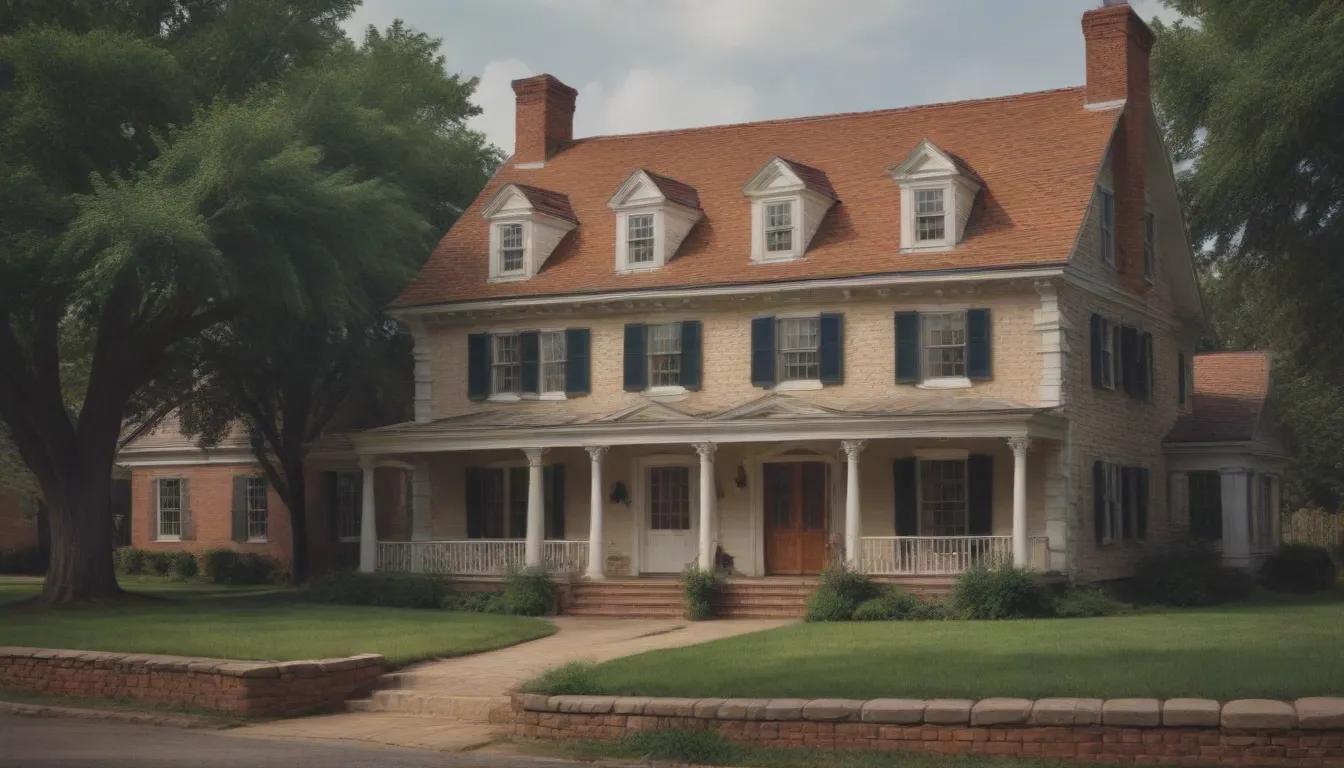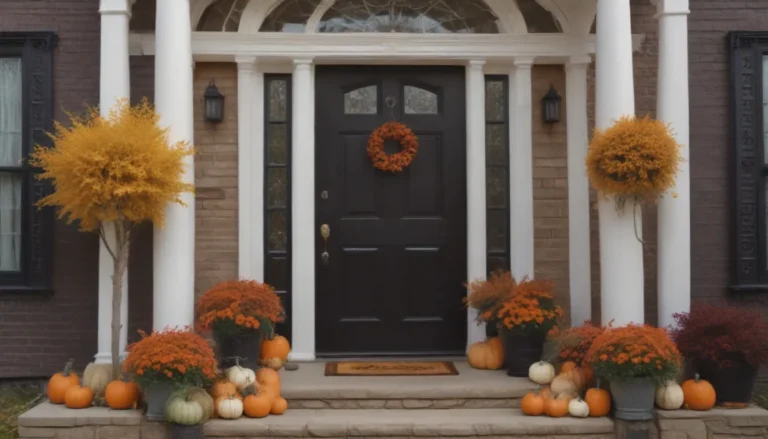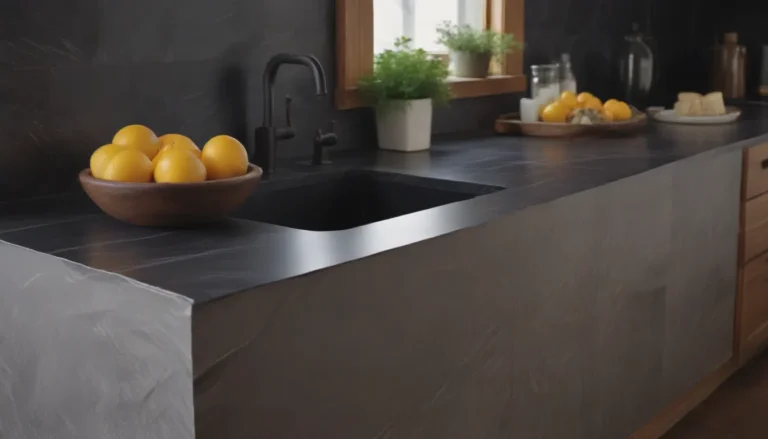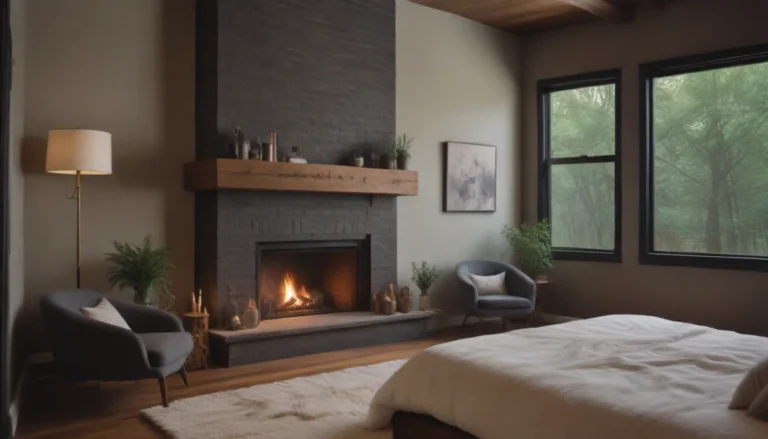A Deep Dive into Colonial-Style Homes: An Architectural Treasure of American History

Introduction
Welcome to an in-depth exploration of Colonial-style homes – a truly iconic architectural style that has left a lasting mark on the American landscape. Originating in the 1600s and 1700s under colonial rule in the United States, Colonial-style homes continue to be a beloved choice for homeowners across the country. In this comprehensive guide, we will delve into the key characteristics, types, pros and cons, decor, history, and more of Colonial-style homes, offering valuable insights for anyone interested in this timeless architectural style.
Key Characteristics of Colonial-Style Homes
When we think of Colonial-style homes, a vision of symmetry, classic elegance, and timeless appeal comes to mind. Here are some key characteristics that define Colonial-style homes:
- Symmetry: Colonial-style homes are known for their symmetrical façades, with windows and doors typically arranged in a balanced manner.
- Classic Design Elements: Pilasters, pediments, and detailed crown moldings are common features found in Colonial-style homes, showcasing a sense of sophistication.
- Stately Entrances: Grand entrance halls, wide staircases, and polished wood floors make a statement in Colonial-style homes, setting the tone for elegance.
- Generous Room Volumes: Colonial-style homes often feature spacious rooms, making them well-suited for families and entertaining.
Types of Colonial-Style Homes
Colonial architecture encompasses a diverse range of styles that reflect the multicultural influence of early settlers in the United States. Here are some popular types of Colonial-style homes:
Saltbox
- Steeply pitched, asymmetrical roof
- Built by early settlers using local timber and post-and-beam construction
- Central chimney for heating
Georgian
- Perfect symmetry, often using the golden ratio
- Square or rectangular shape with two chimneys
- Front door centered with pilasters and ornamental details
Cape Cod
- Boxier silhouette with a low-slung roof
- Simple and clean-lined design
- Popularized by Cape Cod Revivals in the 1920s to 1950s
French Colonial
- Square, symmetrical styling with steeply pitched roofs
- Expansive wrap-around porches
- French-style double doors and high ceilings
Spanish Colonial
- White stucco walls, red clay roof tiles, wooden beams
- Interior or exterior courtyard
- Popular in the American Southeast, Southwest, and California
Dutch Colonial
- Gambrel roof with eaves extending over the sides
- Wide, barn-like appearance
- Constructed of stone or brick with wooden doors and shutters
British Colonial
- Symmetrical design with classically inspired elements
- Pilasters or columns around the door
- Wood and brick construction
Southern Colonial
- Colonnades extending across the front of the house
- Large two-to-three-story homes with porticos
- Extensive ornate molding and “Greek Revival” style
Colonial Revival
- Emerged in the late 19th century as a nod to Colonial beginnings
- Simple layouts, symmetrical window designs, and ornate features
- Combination of Colonial elements with Victorian stylings
Pros and Cons of Colonial-Style Homes
While Colonial-style homes offer timeless appeal and classic design elements, there are pros and cons to consider before choosing this architectural style:
Pros:
- Plain, simple, classic design
- Timeless appeal aids in resale value
- Spacious rooms ideal for families and entertaining
- Easy to decorate with straightforward room layouts
- Symmetry and balance create a sense of harmony
Cons:
- Two-story layout may not be ideal for those with mobility challenges
- Traditional design may not appeal to contemporary tastes
- Separate rooms may not be conducive to open-plan living
- Generous room volumes may lead to higher energy bills
Colonial-Style Home Decor
When it comes to decorating a Colonial-style home, the key is to evoke a feeling of stately elegance and classic charm. Here are some common elements of Colonial-style home decor:
- Grand Entrance Hall: Welcome guests with a grand entrance hall featuring a wide staircase and polished wood floors.
- Classic Furniture: Handmade wooden furniture, cabriole chairs, claw-foot tables, and highboys add a touch of sophistication.
- Muted Color Palette: Calm, muted tones paired with soft white walls create a sense of tranquility.
- Wood Beam Architecture: Incorporate wood beam architecture into the construction for a classic touch.
- Elegant Fabrics: Rattan, wicker, reed, and other textured fabrics add warmth and richness to the space.
- Decorative Elements: Interior shutters, draperies, valances, and ornate European influences enhance the overall aesthetic.
History of Colonial-Style Homes
The history of Colonial-style homes is deeply intertwined with the early days of British colonial rule in America. Timber-framed wood houses with simple windows, decorative shutters, and symmetrical forms defined the original American Colonials. Fast forward to the Colonial Revival era of the late 19th century, where architects drew inspiration from earlier styles to create a variation suited to the times. From well-constructed early Colonial Revivals to post-war Neo-Colonials and modern McMansions, Colonial-style homes have evolved over the centuries while retaining their timeless appeal.
Conclusion
In conclusion, Colonial-style homes are a true architectural treasure that continues to captivate homeowners with their classic design, timeless appeal, and rich history. Whether you are drawn to the symmetry and balance of Georgian-style homes or the rustic charm of Cape Cod architecture, Colonial-style homes offer a diverse range of options to suit various preferences. With their stately elegance and traditional charm, Colonial-style homes remain a popular choice for those seeking a piece of American history in their own backyard. Whether you’re considering purchasing a Colonial-style home or simply appreciate the beauty of this iconic architectural style, exploring the world of Colonial architecture is a journey worth taking.





